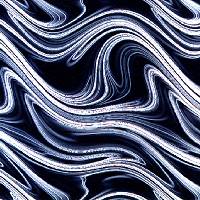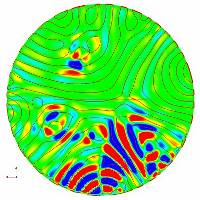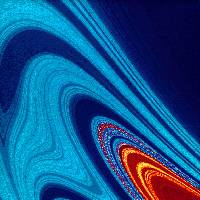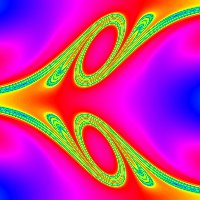




|
The idea that many simple nonlinear deterministic systems can
behave in an apparently unpredictable and chaotic manner was first
noticed by the great French mathematician Henri
Poincaré. Other early pioneering work in the field of chaotic
dynamics were found in the mathematical literature by such luminaries as
Birkhoff,
Cartwright,
Littlewood,
Levinson,
Smale,
and Kolmogorov
and his students, among others. In spite of this, the importance of chaos was
not fully appreciated until the widespread availability of digital computers
for numerical simulations and the demonstration of chaos in various physical
systems. This realization has broad implications for many fields of science,
and it is only within the past decade or so that the field has undergone
explosive growth.
It is found that the ideas of chaos have been very fruitful in such diverse disciplines as biology, economics, chemistry, engineering, fluid mechanics, physics, just to name a few. Chaos is a multidisciplinary science, and this is reflected in the fact that the members of the group are affiliated with diverse departments and institutes:
|




|
|
site currently maintained by: Nicholas Mecholsky (nmech at physics.umd.edu) |